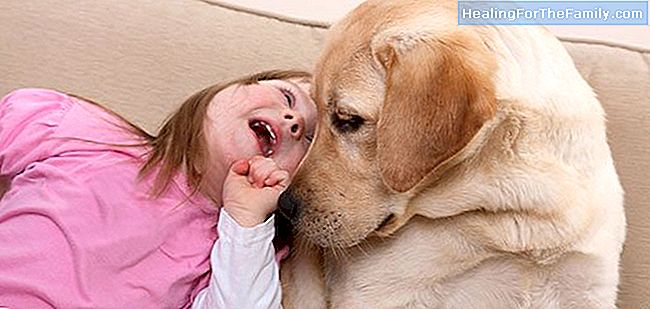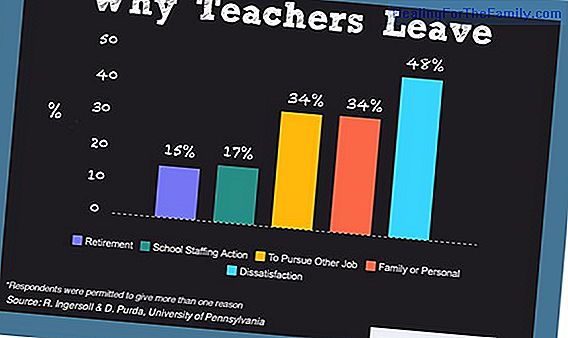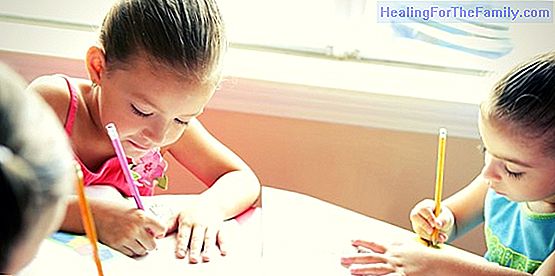Benefits of animal therapy for children with disabilities
It has always been said that companion animals are man's best friend. But if we go further, some animals can become rehabilitative therapists and why not, also in assistants for children with disabilities. As is known, at a therapeutic level animals such as horses or dolphins are very beneficial for
It has always been said that companion animals are man's best friend. But if we go further, some animals can become rehabilitative therapists and why not, also in assistants for children with disabilities.
As is known, at a therapeutic level animals such as horses or dolphins are very beneficial for children with cerebral palsy, autism or Down syndrome. Therapy with this type of animal is favorable both physically, psychically, and socially for children.
Animal therapies for children with disabilities

Numerous studies have shown that the sounds emitted by these dolphins go beyond oral communication, penetrate our system to the deepest of neural connections, generating a change in them, thus helping to create new what involves a significant change at the physical level for example in children with cerebral palsy, who come to notice some neuromuscular relaxation that facilitates and improves the performance of the movement .The same happens with equine therapy, since
the heat given off by the horse acts as a muscle relaxant. The vibration of gallops also modifies the neuromuscular connections by varying postural patterns, improving movement in situations of hypertonia or hypotonia. This complex therapy at the rehabilitation level becomes a motivating game for children, since it creates an interactive link between the horse and the child, non-verbal communication that benefits social skills in children with autism or even mental retardation. In this sense, interaction with horses or dogs for children with autism means an
improvement of social skills although at first it seems the opposite due to the absence of oral communication. But without going any further, the game that can involve a child with autism with a dog helps in its social base, already in itself, reduced to the consequences of autism spectrum syndrome. Animals like the dog or the horse give off innate emotional senses such as emotion, joy or sadness, these social skills are lacking in these children, that is what favors the execution of these therapies with animals for them. Again, although in this aspect it is an interelational therapy, for the children it lacks professional techniques since only
they realize that for them it is a game that sometimes benefits them emotionally. The innocent game created with the dog is generating a bond of friendship that will be vulnerable to the improvement of their social skills. In other words, contact and interaction with the animal helps the child with autism to know emotions and to a certain extent to be able to transmit them. But the benefits of domestic animals are not only in a possible physical or cognitive rehabilitation, but can promote the autonomy of children with some physical disability either cerebral or neuromuscular, exercising a personal assistant dog, performing basic activities such as open a door or take a key which are not operable by the dependent child. In this way the dog, apart from a rehabilitative agent,
also becomes the child's assistant friend , improving once again the quality of life of children with disabilities.












